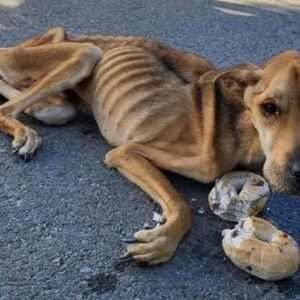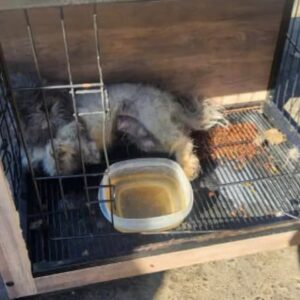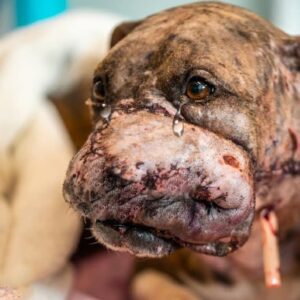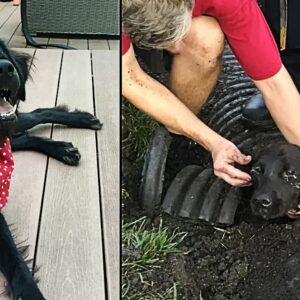It was a quiet evening when Emma sat at her desk, her hands trembling as she held her pen. She stared at the blank page, her heart heavy with emotions that had been building for years. In her lap lay Luna, her golden retriever, now a picture of health and happiness. But Luna’s journey to this moment had been anything but easy.
Luna had come into Emma’s life three years ago. She was rescued from a notorious puppy mill where hundreds of dogs were crammed into filthy cages, bred repeatedly without care or compassion. Emma had volunteered at the shelter that took Luna in, and when she saw the broken dog trembling in the corner of her kennel, something inside her shifted. Luna’s body was frail, her coat patchy, and her eyes dull, reflecting a lifetime of suffering.
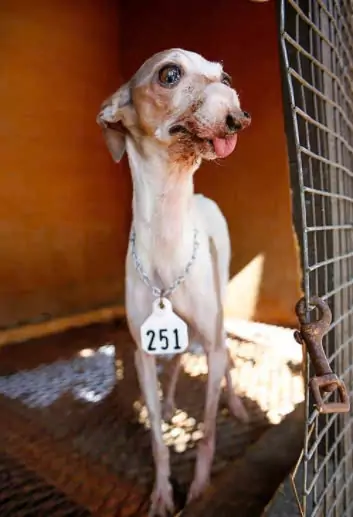
Emma adopted Luna, vowing to give her a better life. The road to recovery was long. Luna would flinch at sudden movements, cower at loud noises, and refuse to eat unless Emma sat beside her. It was clear that she had endured unimaginable neglect and abuse. Over time, with patience and love, Luna began to heal. She learned to trust, her tail started wagging, and her eyes regained their sparkle.
But Emma couldn’t forget where Luna came from. She couldn’t erase the image of the other dogs left behind or the heartache of knowing that the system continued to fail them. That night, she decided to write a letter—not to the authorities or the media but directly to the person responsible for Luna’s suffering: the breeder who had operated the puppy mill.
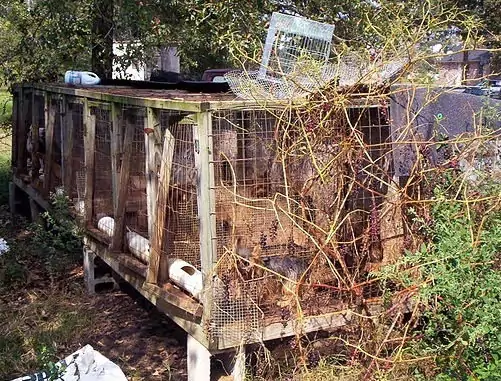
She began the letter with a simple yet powerful statement:
*”You don’t know me, but I know the damage you’ve caused.”*
Emma poured her heart onto the page, describing Luna’s condition when she first arrived at the shelter. She detailed the fear that gripped the dog every time a human approached, the visible scars on her body, and the invisible ones in her heart. Emma wrote about the sleepless nights she spent comforting Luna when she cried out in her sleep, haunted by memories of her past.
*”I want you to know the consequences of your actions,”* Emma wrote. *”To you, Luna was just another number, a means to make money. But to me, she’s a life worth saving—a soul deserving of love and dignity.”
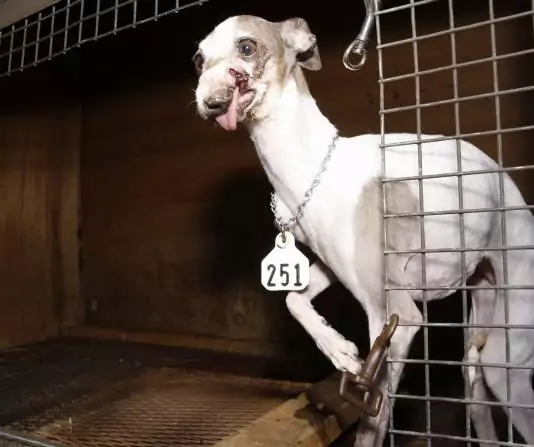
She didn’t write with anger but with a deep desire to make the breeder understand the weight of their choices. Emma shared how Luna had transformed, how she now ran freely in the park, wagging her tail and greeting strangers with cautious curiosity.
*”She’s proof that even the most broken beings can heal. But the damage you caused will never truly leave her. And for that, you must take responsibility.”*
Emma ended the letter with a plea, not for herself or even for Luna, but for the countless dogs still trapped in cages.
*”I urge you to reconsider what you’re doing. If you have even a shred of compassion left, use it to stop this cruelty. These animals aren’t commodities—they’re living beings who feel pain, fear, and love.”
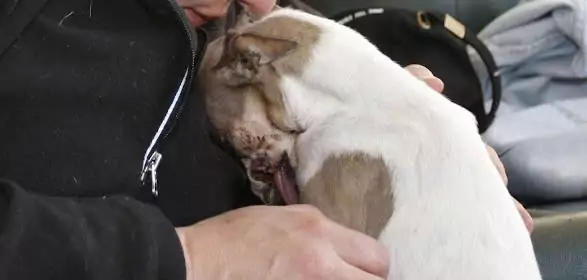
After finishing the letter, Emma felt a sense of release. She didn’t know if the breeder would ever read it, let alone change their ways, but she hoped that her words might plant a seed of remorse or reflection.
Luna stirred in her lap, looking up at Emma with trusting eyes. As Emma stroked her soft fur, she whispered, “You’re safe now. And I’ll keep fighting for others like you.”
The letter was mailed the next morning, its fate unknown. But for Emma, the act of writing it was a step toward healing—not just for Luna but for herself and the countless voiceless animals still waiting for someone to speak up for them.
In the end, Emma’s letter was more than just words on a page; it was a testament to the resilience of love and the hope that one voice, no matter how small, can make a difference.

